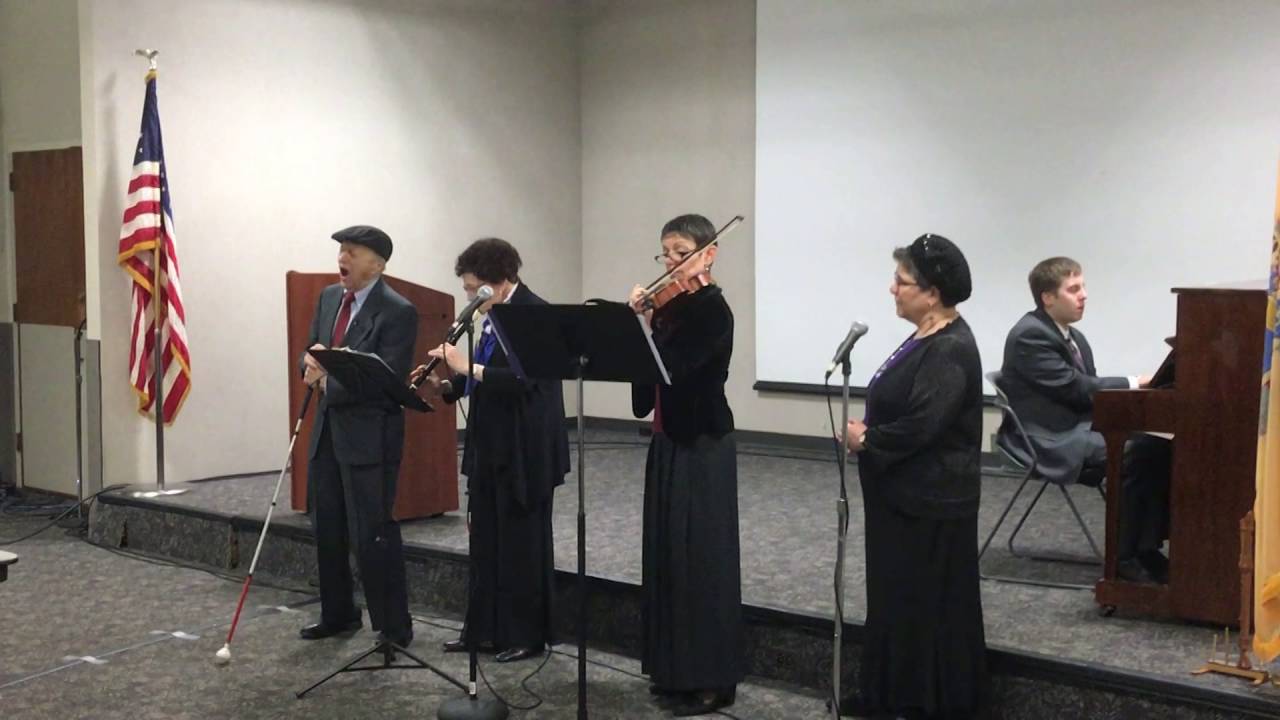By MICHAEL NUNES
Staff Writer
EAST BRUNSWICK – For Michael Kesler, whose family was murdered in the Holocaust, this is his opportunity to keep his family’s culture alive.
“I had a dream, four or five years ago, that I saw my father who was killed by the Nazis in Poland. I saw him in a pool of blood and I crawled up to him and said, ‘I’m so sorry I could not save you’. I heard him say, ‘Save what you can,’” said Kesler, who for the past three years has directed and produced a series of events called “The Jews of Eastern Europe Before the Holocaust,” aimed at giving people a window into the lives of Jews living in Eastern Europe before the invasion of the Nazis, who tried to eradicate not only the Jewish people, but their culture as well.
“There is a lot that we can save, not just as a relic, not just to put in a museum, but for the good of our children and for the good of the next generation that they see what roots they have and what culture they came from,” Kesler said. “We need to honor the memory of the victims, but I think if any of the victims were to come alive they would tell us, ‘Remember what we were doing before we were murdered.’”
For his third installment, which took place at the East Brunswick Library on May 15, Kesler gave attendees a view of the life and times of Jews living in Russia before the second World War. Members of the audience were treated to a history lesson of Jews in the area as well as traditional music.
“[Jewish history] is a long chain of suffering and persecution,” said Glenn Dynner, chair of Humanities at Sarah Lawrence College in New York.
According to Dynner, in the early 20th century, about three quarters of the world’s Jewish population lived in Eastern Europe. Being such a popular location for Jews, a distinct culture formed in the region, especially in Russia.
“You have the emergence of several vital and distinctive cultural expressions. Everything from the popular mystical movement known a Hasidism through the Jewish enlightenment and down to various forms of synthesis between Jewish and Russian culture that manifested in music and other forms,” he said.
Tamara Reps Freeman, a Holocaust ethnomusicologist, played a viola for the audience, which was saved from the Holocaust. According to Freeman, the viola, which is similar to a violin, was originally made in 1935 in Berlin by Joseph Bausch for a music teacher, named Tauba Butzell, who taught in the city.
“When the Nazis captured [Butzell], the viola was left behind in her home. A righteous gentile came into her home and rescued the instrument before the Nazis could come back and secretly shipped it to the United States,” she said, continuing the viola was sent to Butzell’s sister for safe keeping until the day the two could be reunited.
That day never came.
“I consider this viola a precious voice of remembrance to bring the souls and the voices back for those who perished,” Freeman said.
Prior installments of “The Jews of Eastern Europe Before the Holocaust” were Ukraine and Poland.

